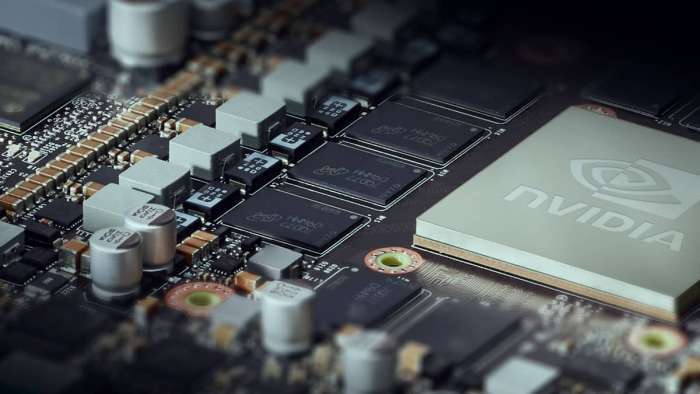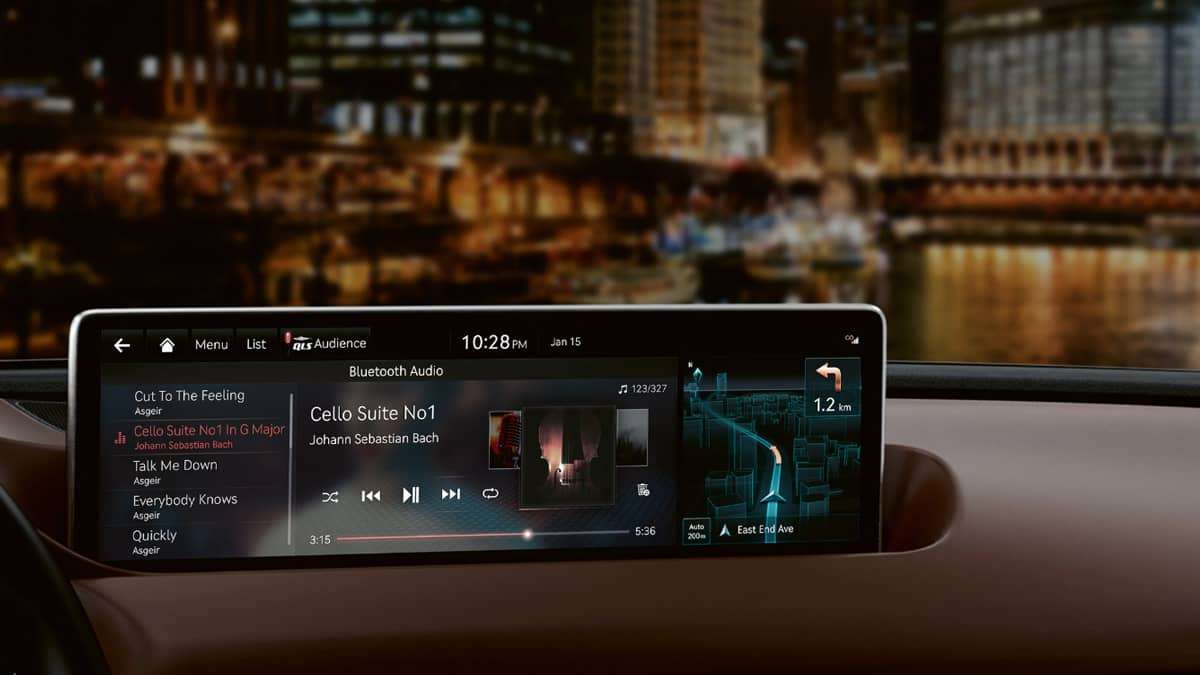All new models from Hyundai Motor Group brands will feature the Nvidia Drive connected car operating system as standard, starting from 2022. It’s a huge development for the company in terms of potential profits and customer appeal.
The odd thing was the announcement came the same day as the U.S. rollout of the 2021 Hyundai Tucson, the brand’s largest seller by far domestically and globally. The first press drives of the Elantra lineup and Sonata N Line also took place in West Hollywood yesterday as well.
Also, yesterday, Hyundai put out a teaser news release about a “blitz” of 12 new and enhanced SUVs through the 2021 calendar year. The pipeline of SUV products will include new and refined internal combustion, hybrid, plug-in, BEV and N performance models. These models include the Tucson, Santa Fe, Kona, Santa Cruz and a new dedicated-platform, electrified Ioniq SUV, all of which feature new designs, eco powertrain availability and major platform options.
With a lot to digest (and automotive journalists love to digest), it might be easy to get distracted and miss the Nvidia news. It’s the one worth paying attention to because it most impacts consumers going forward.
Connected Car Systems
As Hyundai says, the technical cooperation with Nvidia, the global leader in accelerated computing, will enable Hyundai Motor Group to develop high-performance connected car computing systems for its next-generation models. From entry-level to premium vehicles, all future models will feature in-vehicle infotainment systems powered by Nvidia Drive as standard. In addition to Hyundai vehicles, you will also see changes to the Kia and Genesis lineups.
 Nvidia Drive System
Nvidia Drive System
Nvidia Drive includes a hardware and software stack, enabling Hyundai Motor Group’s in-vehicle infotainment systems to combine audio, video, navigation, connectivity and artificial intelligence (AI)-based connected car services. Those are the things consumers most interact with on a daily basis.
At their most basic, crossovers and SUVs appeal to consumers for their ride height, cargo space, and passenger room. While some drool over the thought of high performance and sporty handling, most buyers care about what’s on the inside.
So do manufacturers because that’s where the big bucks are in terms of profits. Vehicles are expensive to build due to personnel costs and material expenses. The profits aren’t large on the frames, engines and seats. The big money comes in the connected car systems.
It’s a tougher space to gain an aftermarket share in at this point. Customers tend to stay loyal to the manufacturers just because there aren’t viable alternatives yet. It’s not as simple as popping in a new infotainment system in grandma’s 2010 Ford Fusion.
Long Relationship
Hyundai Motor Group has been working with Nvidia since 2015, and the Nvidia Drive platform already underpins the advanced IVI systems found in the Genesis GV80 and G80. The companies have also been collaborating on an advanced digital cockpit, due to be launched in late 2021. Today’s announcement takes the relationship further, as Hyundai Motor Group lays the foundations for in-vehicle infotainment systems that can support a wide range of future apps and features, across its entire model line-up.
The connected car operating system will use Nvidia’s software frameworks to implement four core IT competencies:
- High-performance computing, using Nvidia GPUs to process large amounts of data inside and outside the vehicles and optimize system performance to support advanced IT technologies, such as deep learning.
- Seamless computing, which provides uninterrupted service regardless of the vehicle's online or offline state. The vehicle connects with the surrounding infrastructure and smart devices to bring the user experience from external devices into the vehicle environment.
- Intelligent computing, providing intelligent customized services by properly identifying the driver's intentions and condition.
- Secure computing protecting the system by monitoring in-vehicle and external networks and isolating data associated with vehicle safety.
You might find the driving of a new SUV fun but when it comes time to buy really pay attention to what’s in the dashboard. This move by Hyundai guarantees a strong consumer experience and should buttress the automaker’s bottom line, which ultimately leads to bigger and better products down the road.





